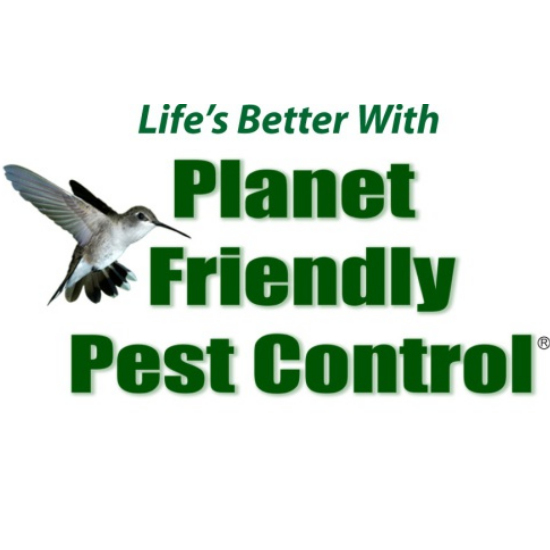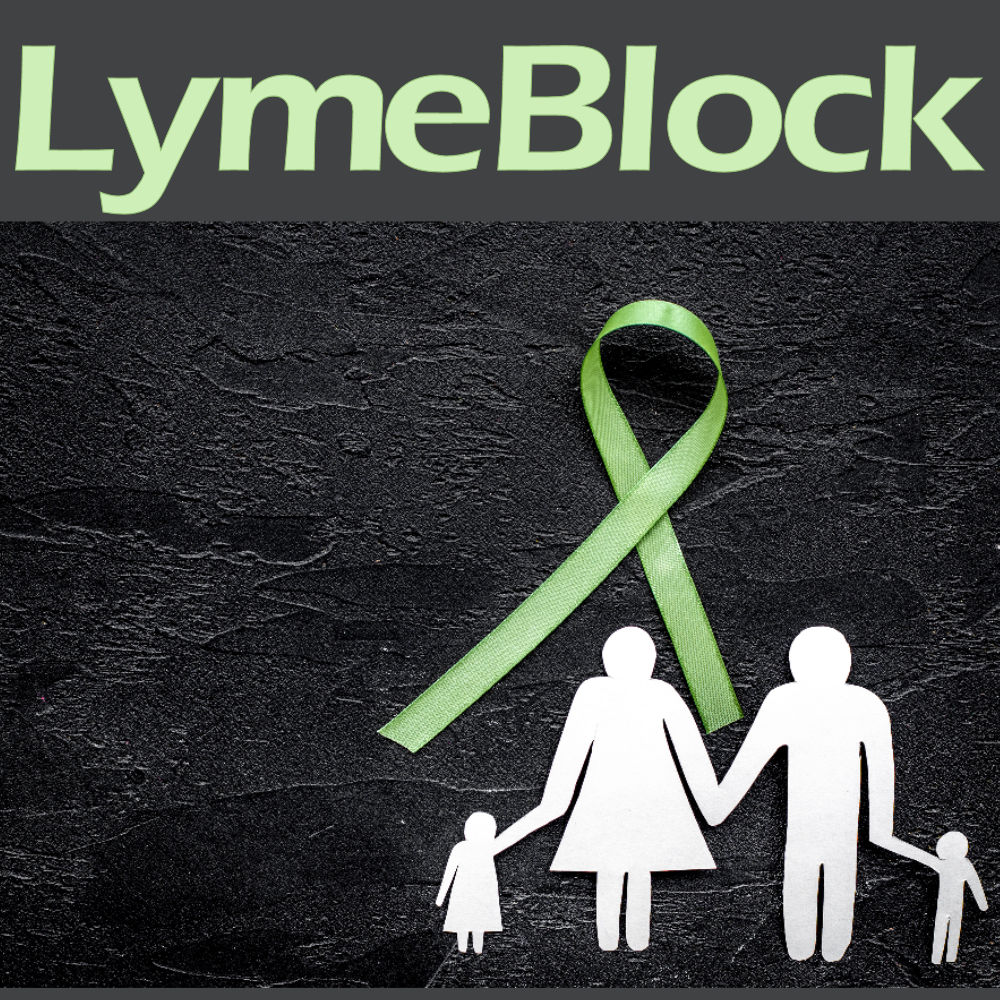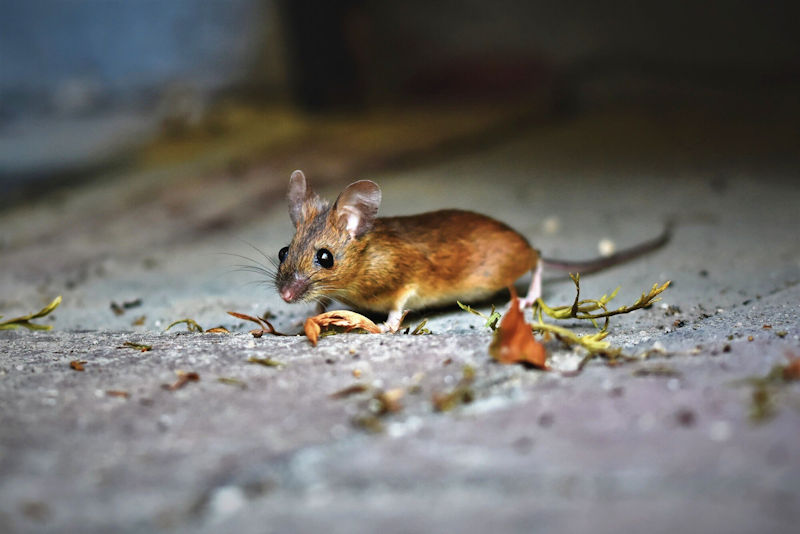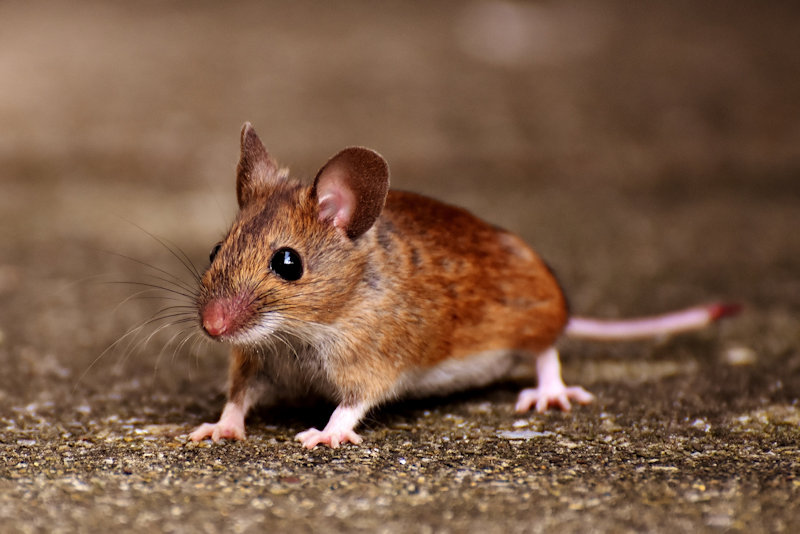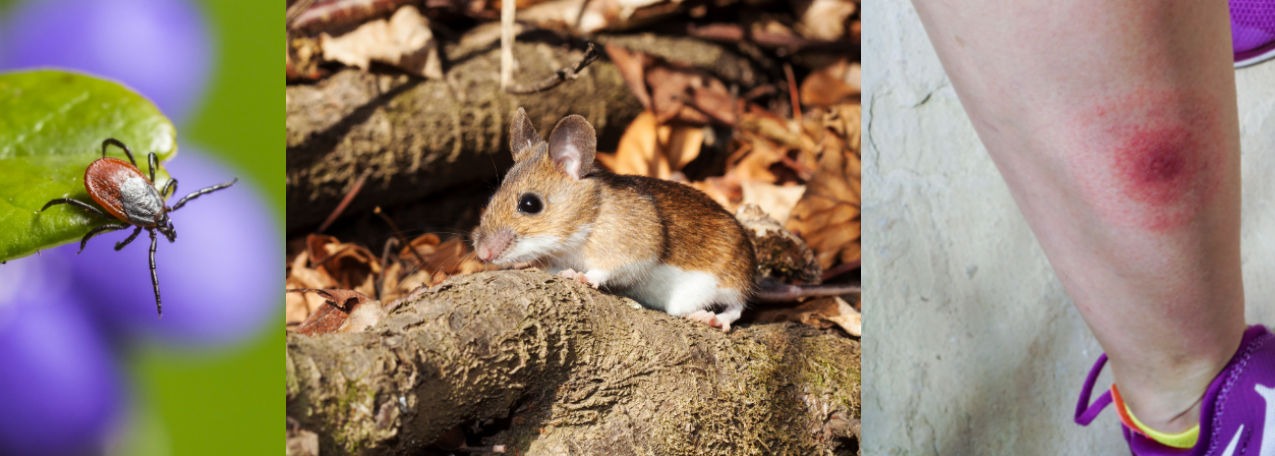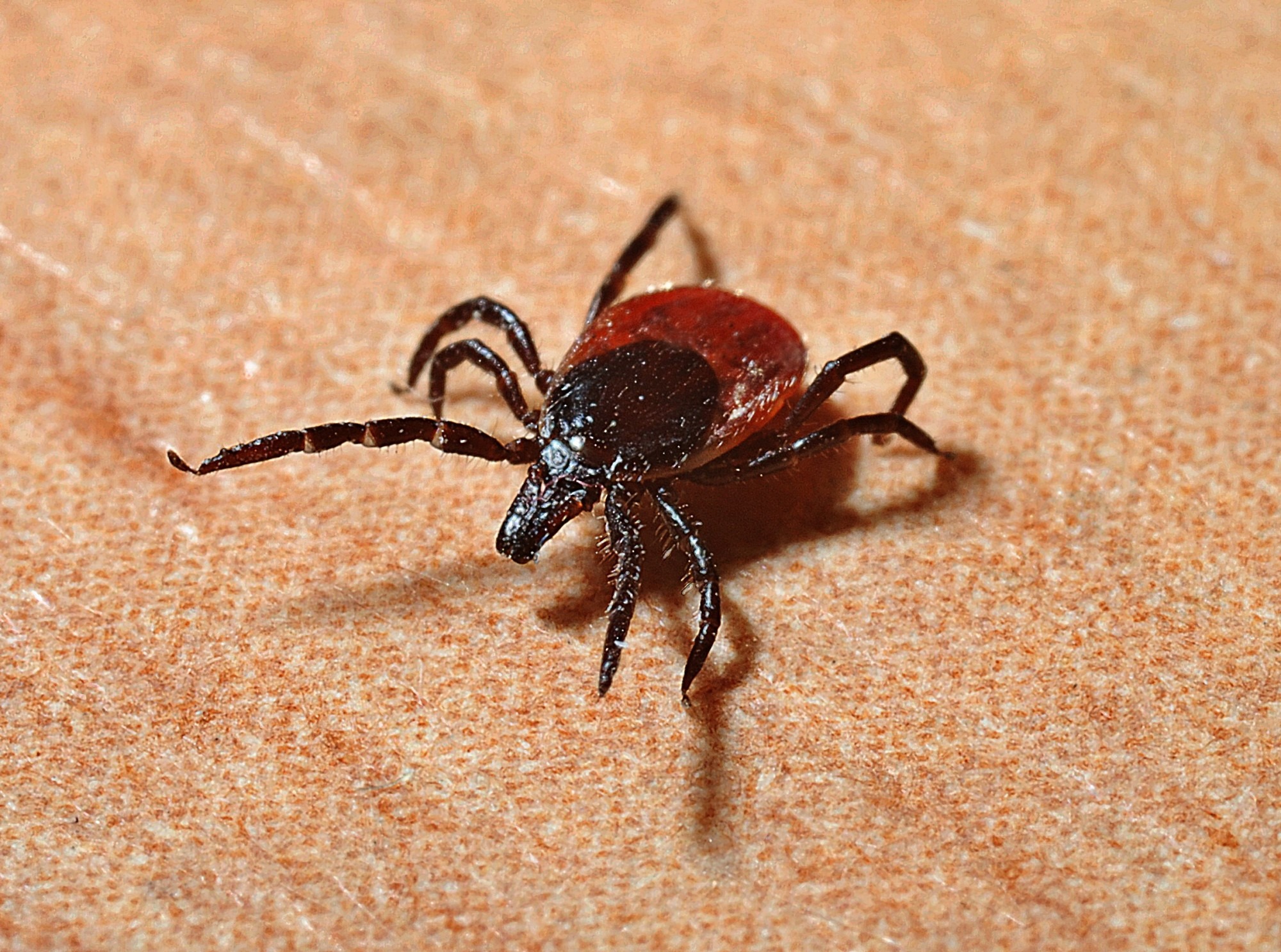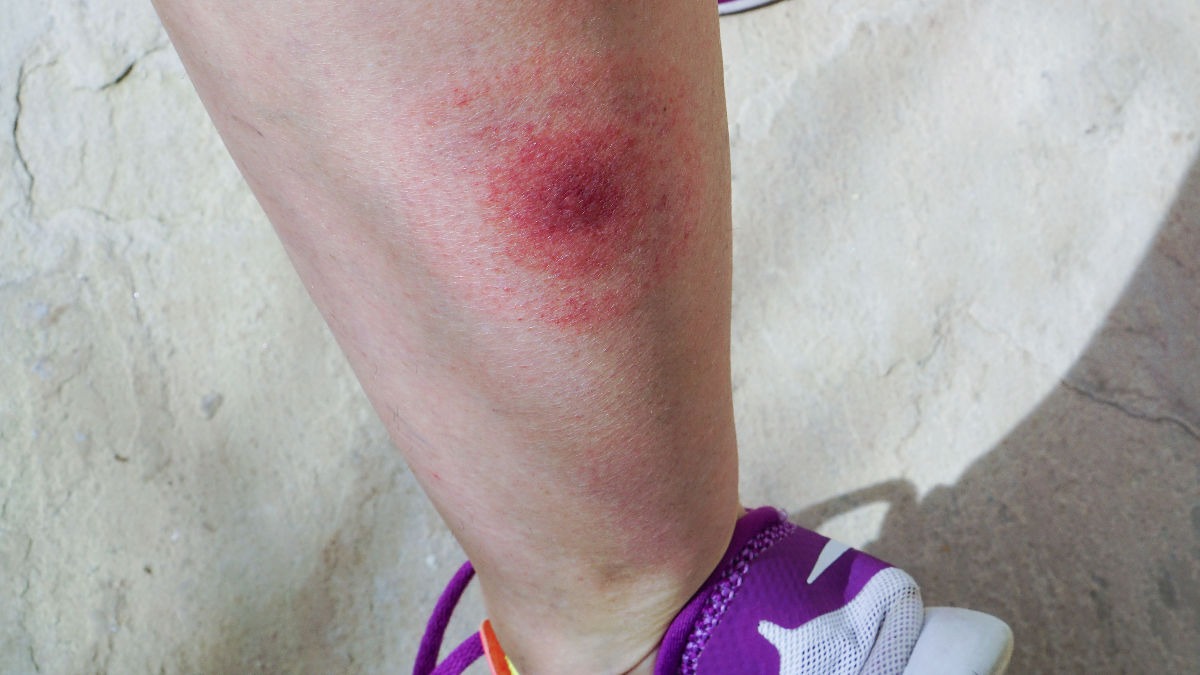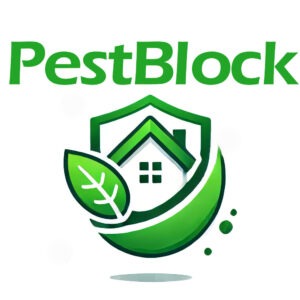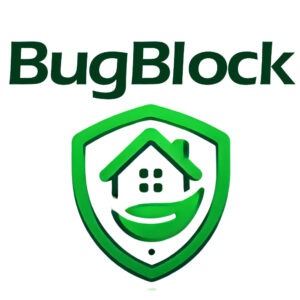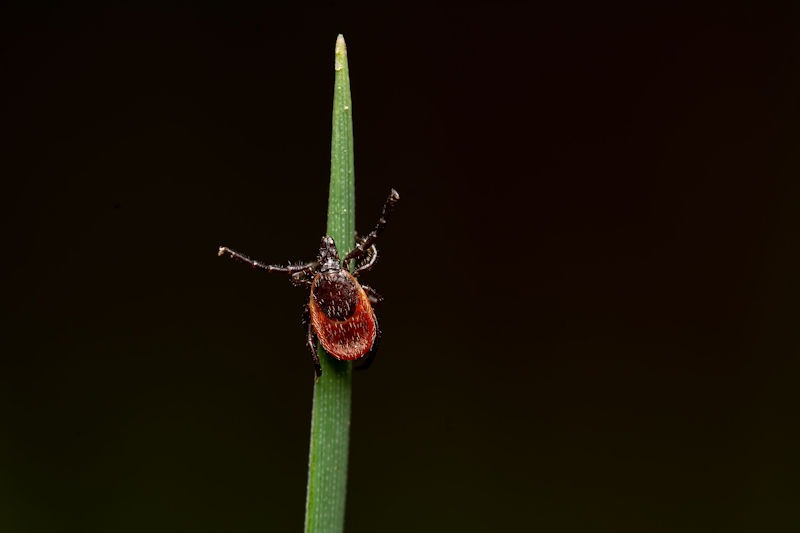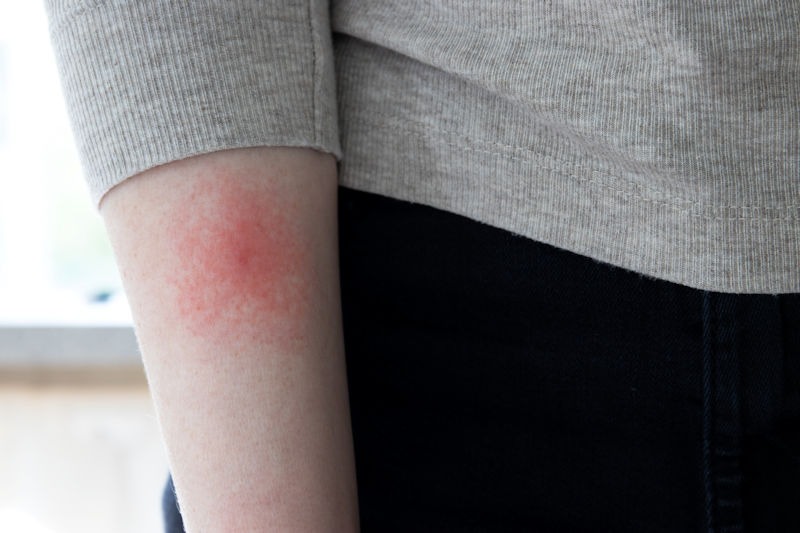LymeBlock
$65.00 / month
Stop Lyme Disease: How Our Program Works
Lyme disease spreads through a cycle involving white-footed mice, a type of bacteria called Borrelia burgdorferi, and black-legged ticks. These three parts of nature work together, which is why Lyme disease is common in our area. By controlling where rodents and ticks live and thrive, we can reduce the risk of Lyme disease.Our Lyme Disease Reduction Program helps stop Lyme disease from spreading.
Here’s what you get:
- Exterior Rodent Control from November to March to keep rodents away.
- Tick Control in spring and summer to keep ticks under control.
FREE – Initial rodent control stations around your home, a $250 Value!
Our Rodent-Free Guarantee – We promise our exterior rodent control system will keep mice out of your home. If a mouse does get inside, we’ll provide the indoor trapping services for free. That’s our guarantee.
$65 each month. This is a one year subscription from date of purchase.
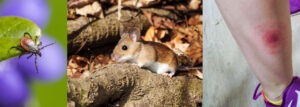
What Is Lyme Disease?
Lyme disease is a health problem caused by bacteria called Borrelia burgdorferi. It spreads to people through the bite of black-legged ticks, also known as deer ticks. These ticks often get the bacteria from small animals like white-footed mice. Our community has a lot of both ticks and these mice, making Lyme disease more common here. Reducing the number of infected ticks and mice in our area is the best way to protect ourselves.
When to Control Mice and Ticks
To stop Lyme disease, it’s important to focus on controlling both the ticks and the mice at the right times of the year.
Fall, Winter, and Early Spring: Focus on Mice
During the cooler months, it’s a good idea to reduce the number of white-footed mice. These mice are a major source of Lyme bacteria. By keeping the mouse population low, we lower the chance of ticks picking up the bacteria in the spring. Our pest control company, Planet Friendly Pest Control, uses safe, humane treatments to keep mice away from your home and yard. We use baits and traps that prevent mice from entering homes and other buildings.
Spring and Summer: Target Ticks
When spring arrives, ticks become active. These tiny pests like to hide in shady, grassy, or wooded areas. It’s important to treat these areas with tick-control products. Planet Friendly Pest Control’s tick treatments target ticks directly while being gentle on the environment.
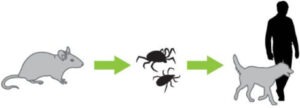
Why a Team Effort Matters
Lyme disease spreads through an ongoing cycle: mice carry the bacteria, ticks bite infected mice, and then ticks bite people and pets. By lowering the number of infected mice, we reduce the number of infected ticks. If we treat only one yard, ticks and mice can move back and forth between properties. But if neighbors work together, it can create a stronger barrier that makes the whole area safer.
Working Together for a Safer Community
When the whole neighborhood gets involved, the benefits of Lyme disease control are bigger and better. Here’s why:
- More Coverage: Treating more properties means more chances of keeping tick and mouse populations down.
- Greater Impact: Ticks can cross property lines, so treating one yard doesn’t always help enough. But treating the whole area keeps more ticks from surviving and spreading.
- Stronger Barrier: If many neighbors treat their yards, it creates a strong barrier that helps keep ticks from spreading.
Join In
Ask your neighbors to join the program to help lower the risk of Lyme disease. By working together, we can keep everyone safer and healthier. Let’s protect our homes, families, and community by fighting against Lyme disease.
Frequently Asked Questions (FAQs)
Q: How do white-footed mice spread Lyme disease?
A: These mice carry the bacteria that causes Lyme disease. Ticks that bite infected mice can then spread the bacteria to people and pets.
Q: Why do we need to control both mice and ticks?
A: Reducing mouse populations lowers the number of infected ticks. Targeting ticks reduces the chances of them spreading disease to humans and pets.
Q: Why can’t I just treat my own yard?
A: Treating one yard is helpful, but ticks and mice can move from untreated areas. A group effort creates a wider zone of protection.
Q: What treatments are used for mice and ticks?
A: We use eco-friendly baits and traps for mice and targeted treatments for ticks in spring and summer.
Q: How do I sign up for the program?
A: Contact us today to learn more about joining our community program. Together, we can reduce the risk of Lyme disease!
Join Us Today!
Let’s work together to protect our neighborhood from Lyme disease. Join our community program now and help make a lasting difference!
More Information Below
NEED HELP?
If you live in Southern Maryland, or Northern Virginia
FIND YOUR SOLUTION HERE
People, Pet & Pollinator Safe! Pest control for people who care.
